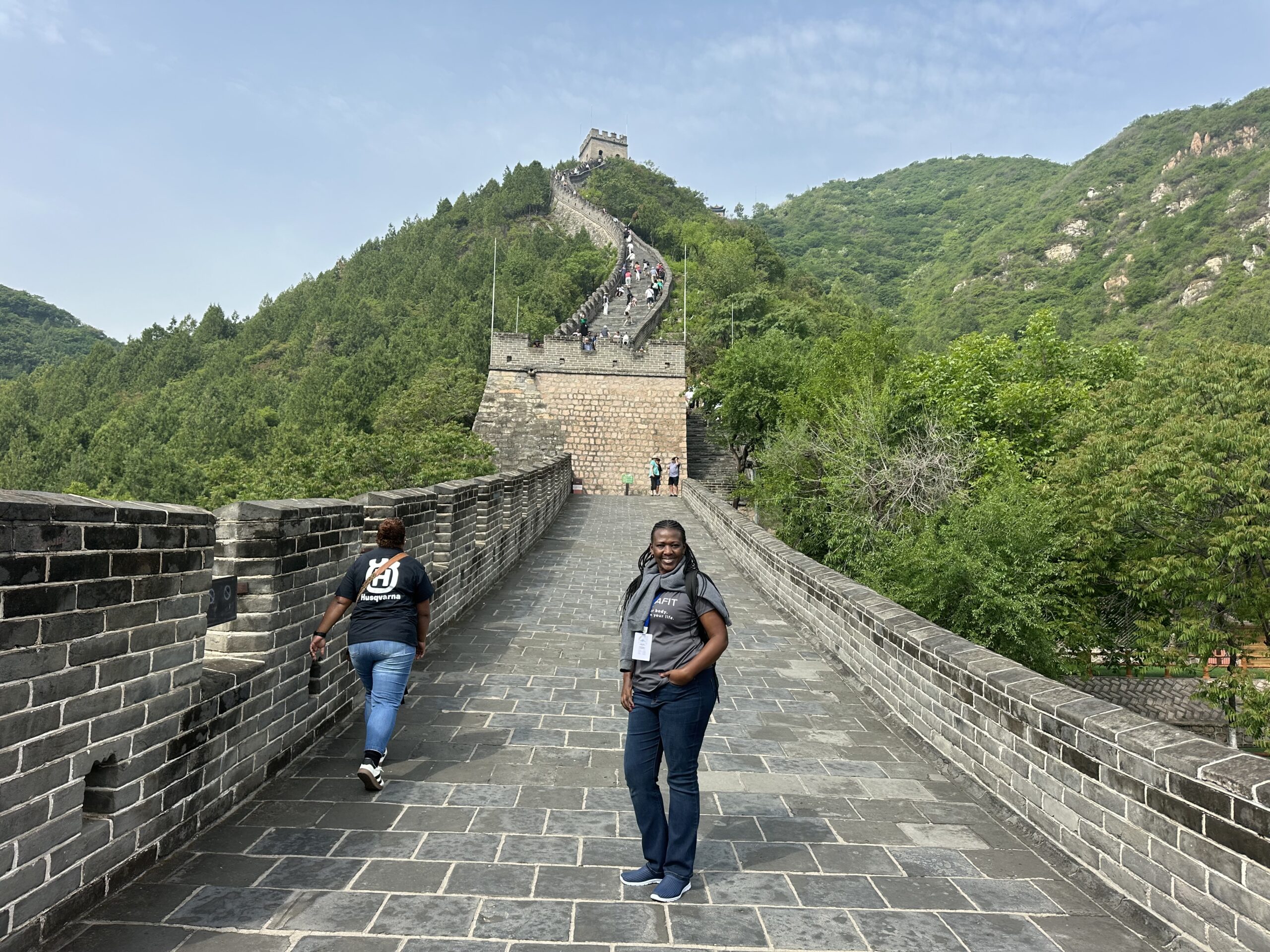In many places around the world, history is something you visit. You step into a museum, read the plaque, admire the artifact, and then walk out into a present untouched by the past.
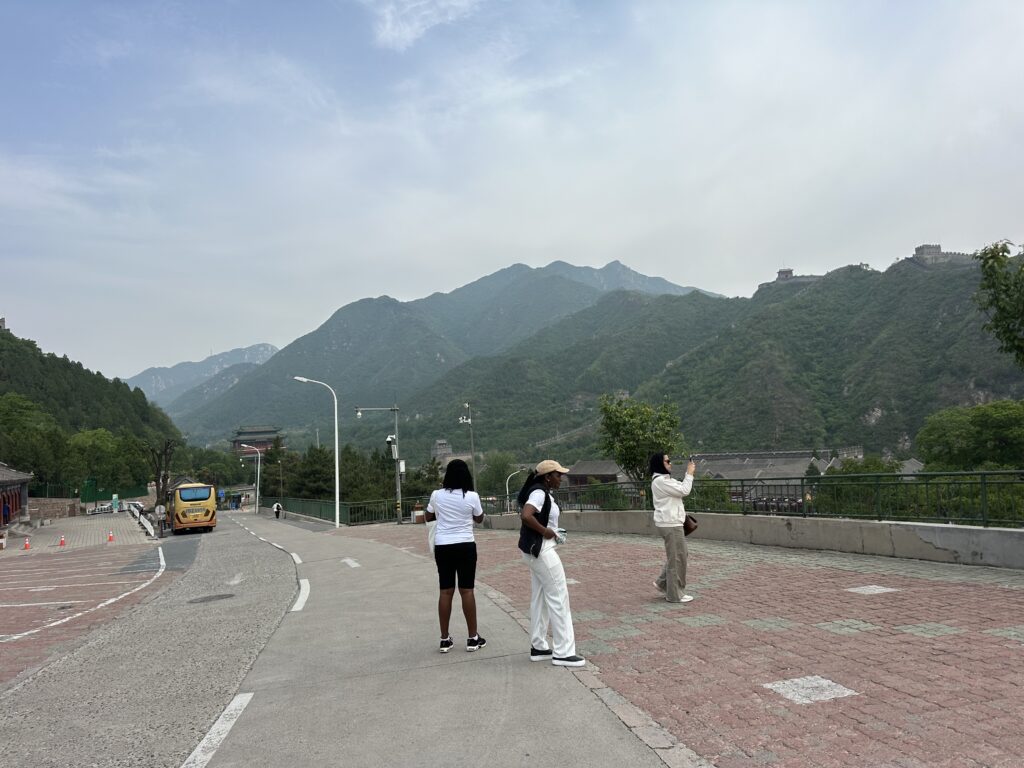
But in China, history doesn’t wait behind glass. It walks beside you. It climbs with you. It drapes across your shoulders and sometimes, it stares back from the mirror. It’s in the food, the fabric, the festivals, and the footsteps of both strangers and emperors.
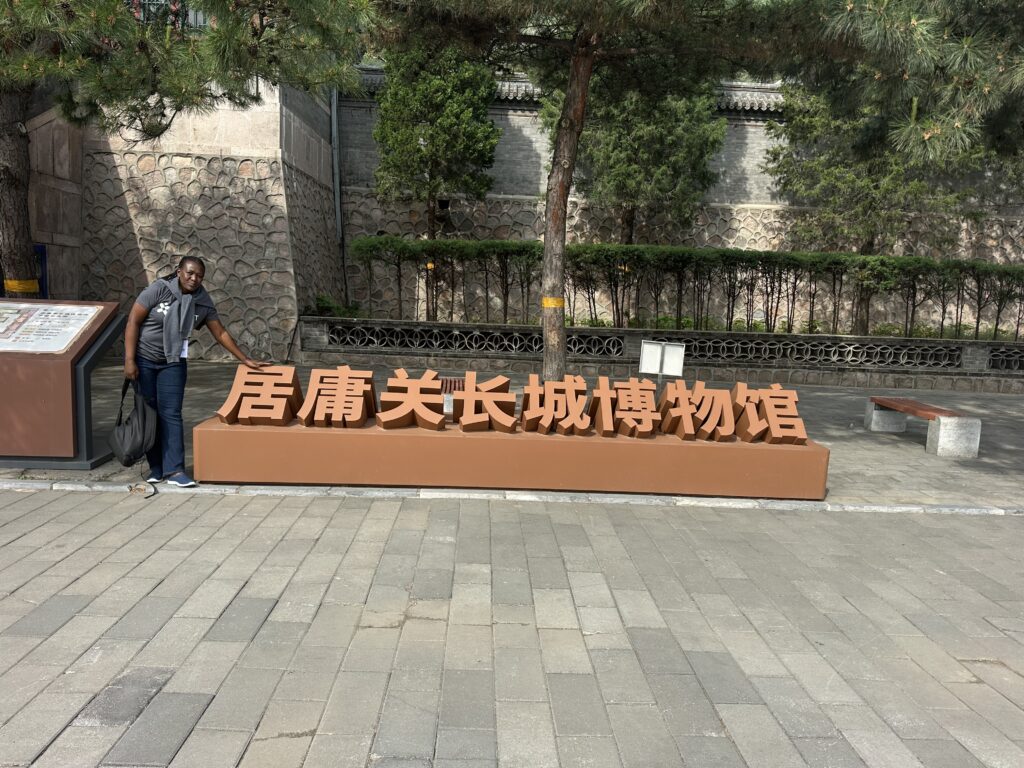
What struck me most during my visit to China was how seamlessly the past is stitched into the present, not just preserved, but practiced. And nowhere did I feel that more deeply than in two very different, yet intimately connected places: the Great Wall of China, and a silk house in Hangzhou called Wensli.

A Wall That Sees Across Time
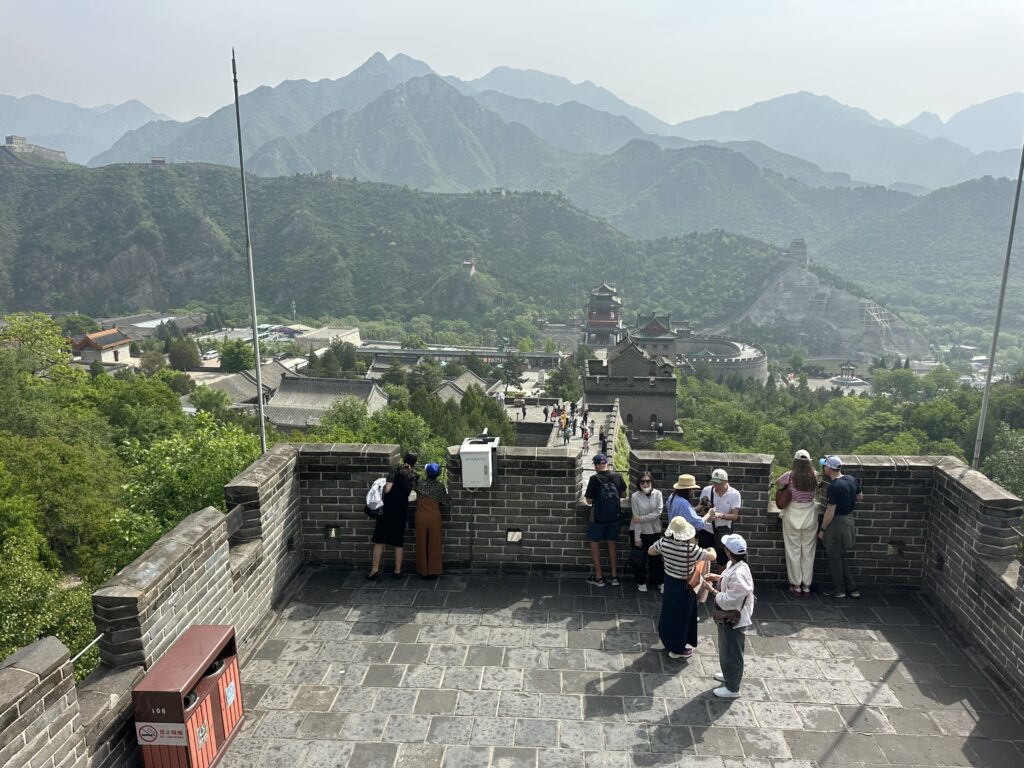
The day I stood on the Great Wall was overcast. The sky hung low, as if protecting what lay beneath it. There was silence, but it wasn’t empty. It felt full, like the land was remembering.

I’ve seen the Great Wall in textbooks and travel brochures. But nothing prepares you for the scale, not just of the structure, but of the intention behind it. This was not built for aesthetics. It was strategy carved into stone. A surveillance system before satellites. A lesson in patience, vision, and survival.

Standing atop that wall is a moment I won’t forget. It wasn’t just the views stretching endlessly in every direction, it was the awareness of why those walls were built in the first place. Back then, it was about survival. The wall was a massive tactical structure, designed to protect the empire and give soldiers the advantage of sight. From up there, you could track the slightest movement in the distance. It was a genius blend of strategy and strength, a reflection of how tactical, patient, and organized China had to be in order to survive repeated invasions.
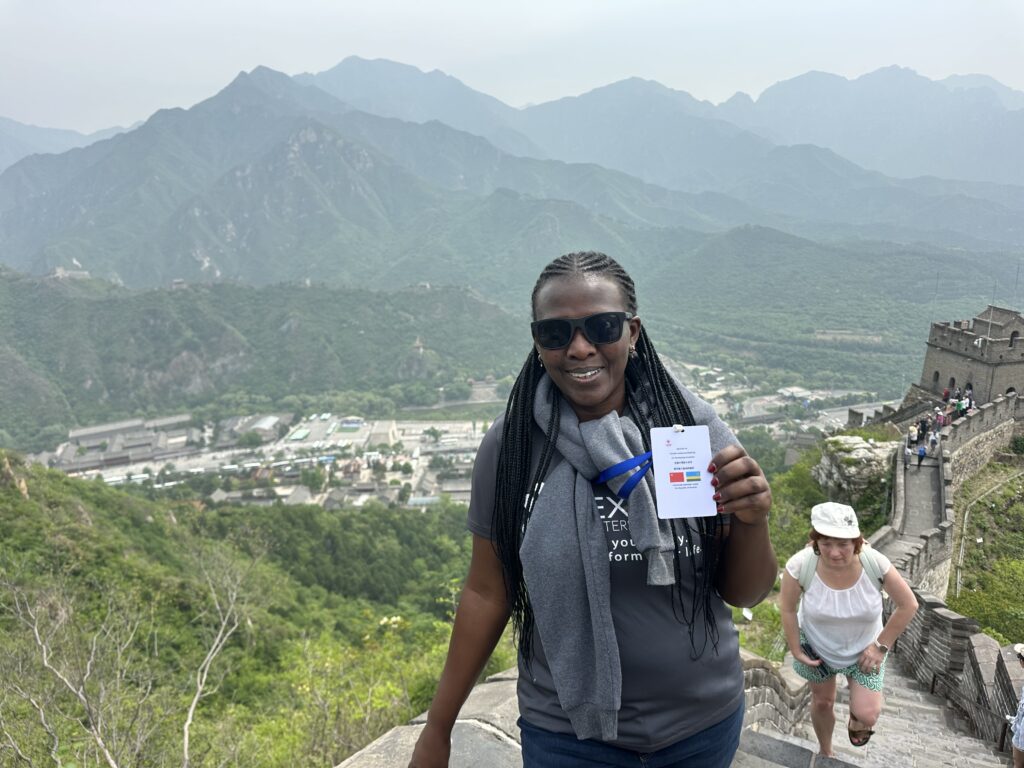
But now, centuries later, this once-defensive wall has become one of the world’s most beloved cultural landmarks, a symbol not of fear, but of resilience, ingenuity, and national pride. Tourists from every corner of the globe travel just to walk its winding stones, to feel part of a history much older than themselves. It’s more than sightseeing, it’s stepping into a legacy.
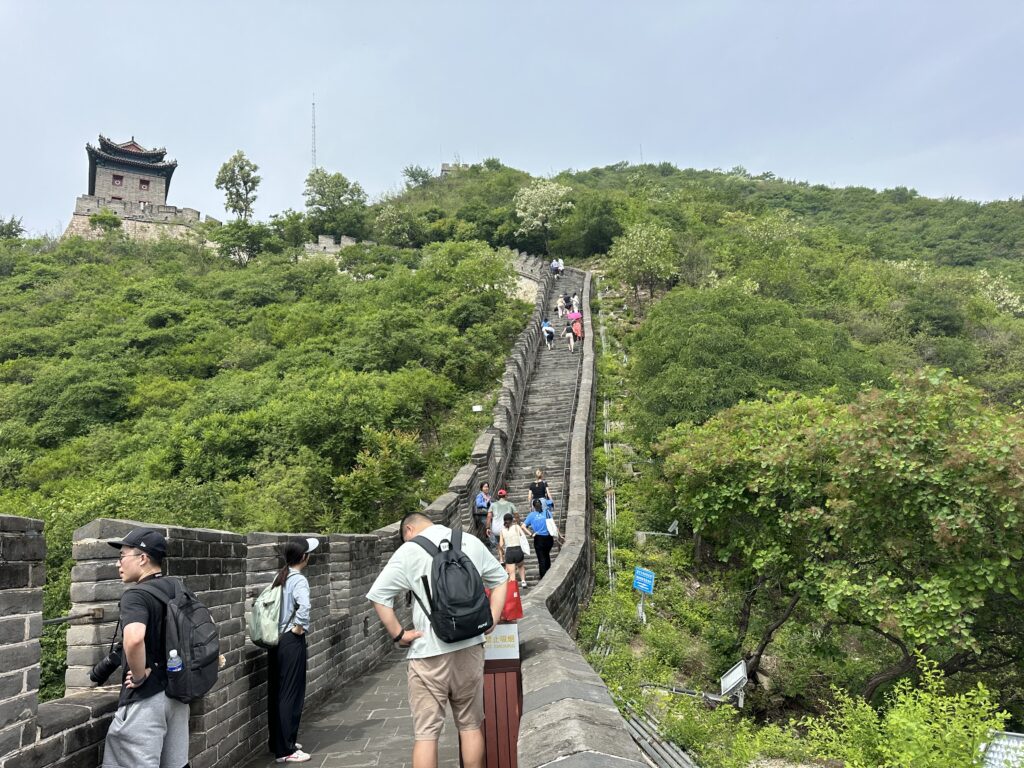
That’s what I felt again and again across China: from traditional performances to restored temples, from calligraphy to ceremonial dress, the past isn’t treated like something to be locked away. It’s something to be lived, shown, and shared. And that, to me, is one of China’s most underrated strengths, how it turns culture into connection.
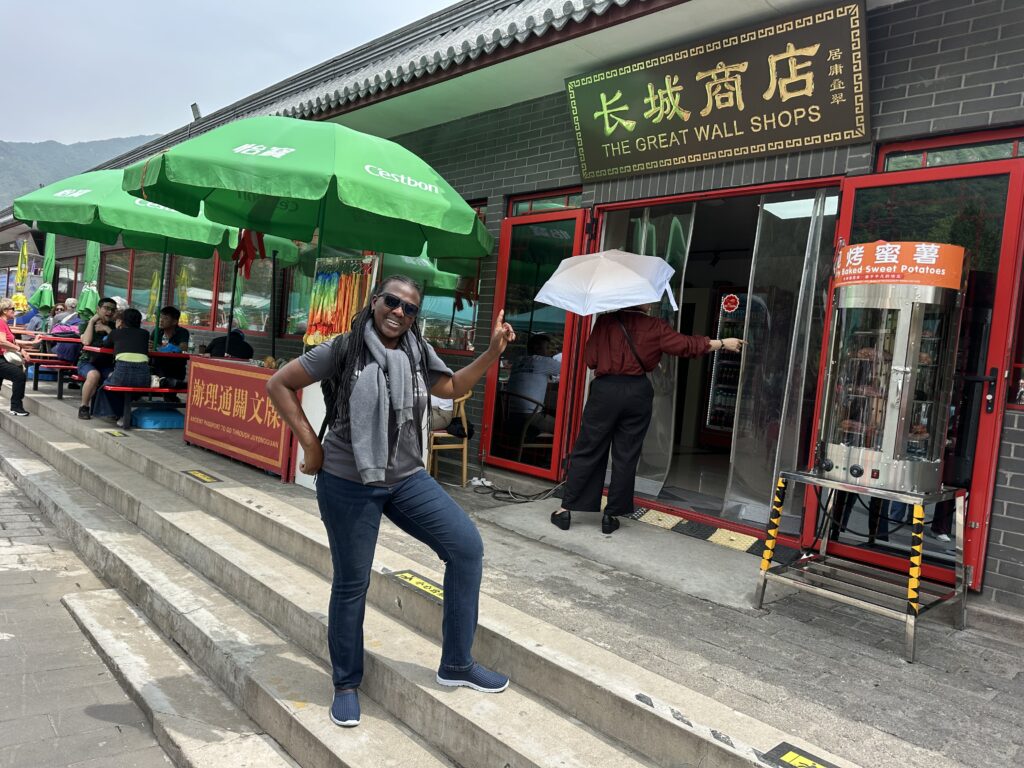
Fabric That Remembers: The Language of Clothing in China
In China, tradition isn’t always carved in stone, it’s often stitched in silk.

During my time there, I began to notice how often clothing said what words could not. I saw it in performances, where dancers didn’t just move, they embodied centuries. I saw it in elderly women practicing fan routines at dawn, their outfits coordinated in quiet grace. I saw it in festivals, where a color wasn’t just a design choice, but a declaration: red for joy, gold for honor, white for mourning. Every thread seemed to carry a signal, every shape a story.
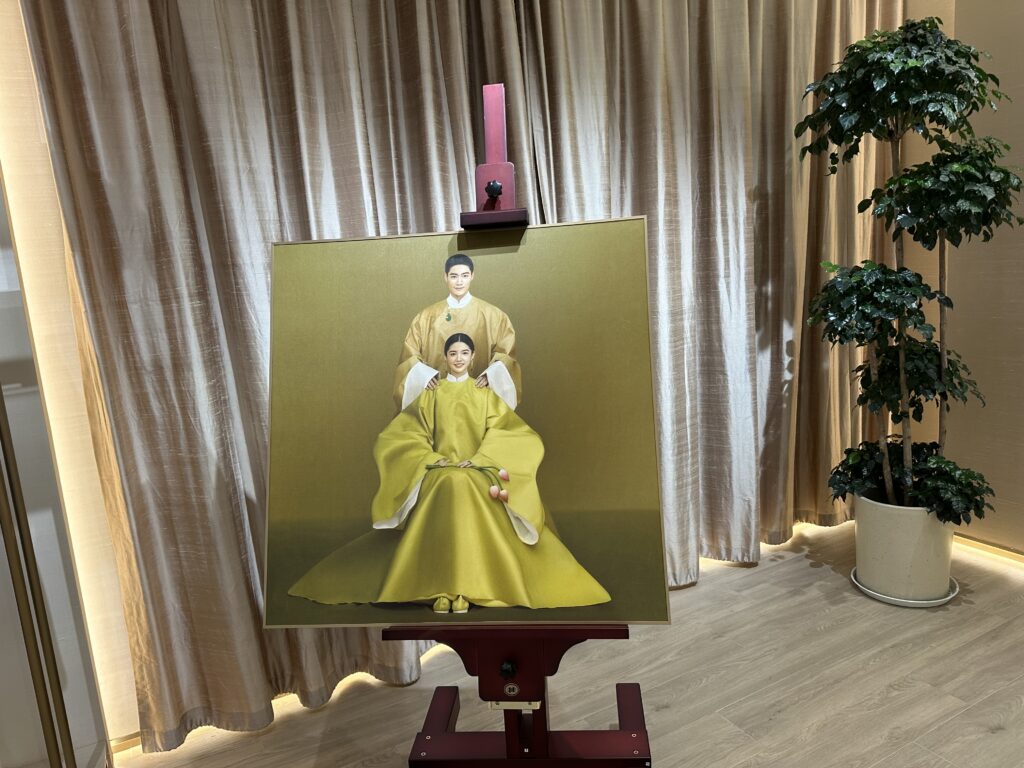
Clothing, I came to realize, is not just attire in China. It is identity in motion, an archive you wear, a memory made tactile.
I felt this most vividly in Hangzhou, when I learned about a place called Wensli.

Wensli is not just a silk manufacturer. That’s the least interesting thing about it. What makes it unforgettable is the way it treats textiles as testimony, as a medium not just for fashion, but for telling who we are and where we come from.

They don’t just print patterns. They revive dynasties. One scarf might feature motifs from a Ming dynasty garden scroll, another might carry the symbolic geometry of an ancient poem. And it isn’t abstraction, it’s specific, documented, and reverent.
Walking through their museum-like space, I didn’t feel like I was touring a company. I felt like I was walking through a body of memory, spun into color and form.
One display showed imperial robes once reserved for emperors, reinterpreted for the present. Not copied, translated. The work was beautiful, yes. But more than that, it was brave. Because in an era that often urges us to look forward and forget, Wensli insists on looking back and listening.

I met an artisan there who had been painting silk for decades. She told me, through a translator, that she doesn’t think of her work as “design.” She called it “reminding.” That word stayed with me.
She said, “We remind people of what is beautiful. What is ours, what is still here.”
And that’s the essence, I think, of how China uses clothing as part of its cultural landscape. It isn’t about nostalgia or nationalism. It’s about making memory wearable. It’s about allowing history to be touched, to move through the present, not as something fragile but as something fluid.

You see that same spirit in how locals respond to traditional dress. This isn’t just for show or tourism. I watched younger people don Hanfu in parks, not to perform, but to participate. To feel something old move again, this time on their shoulders.
In many parts of the world, tradition is handled like porcelain, look but don’t touch. In China, tradition can be wrapped around your waist, folded at your neck, woven into your daily ritual. That closeness is a kind of power. A cultural intimacy.
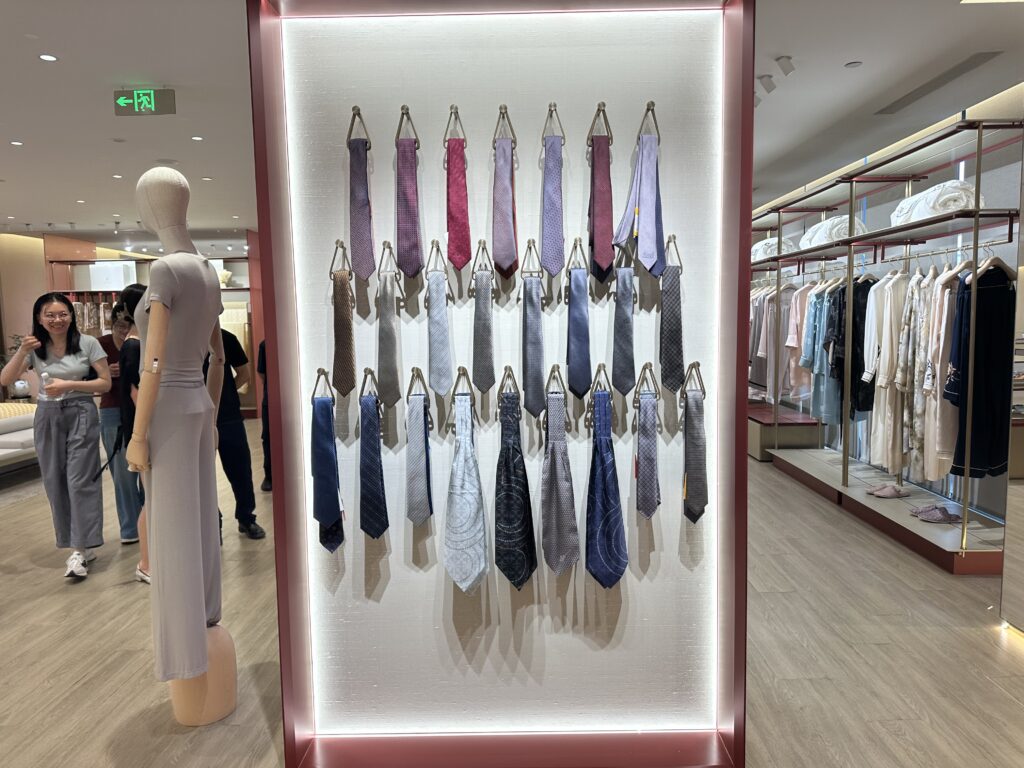
And Wensli, to me, is just one example, but an important one of how seriously that intimacy is taken. They don’t market the past. They maintain it, and they let it travel, from archive to artisan, from loom to living room, from dynasty to diaspora.


